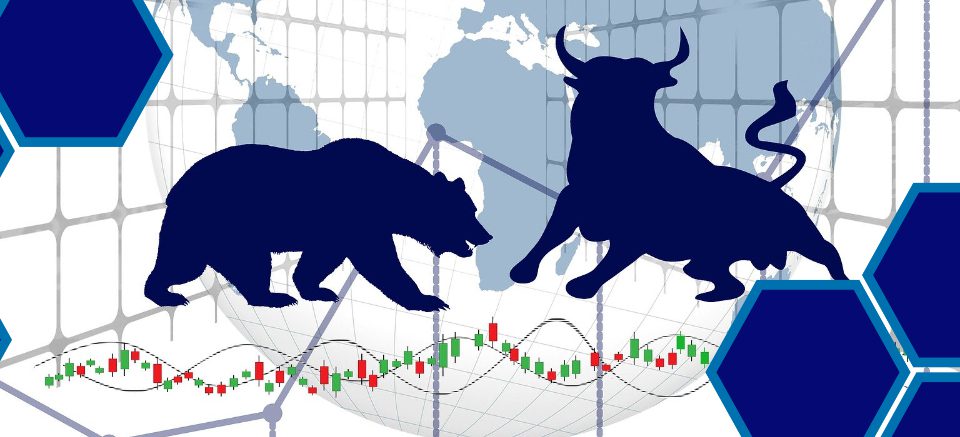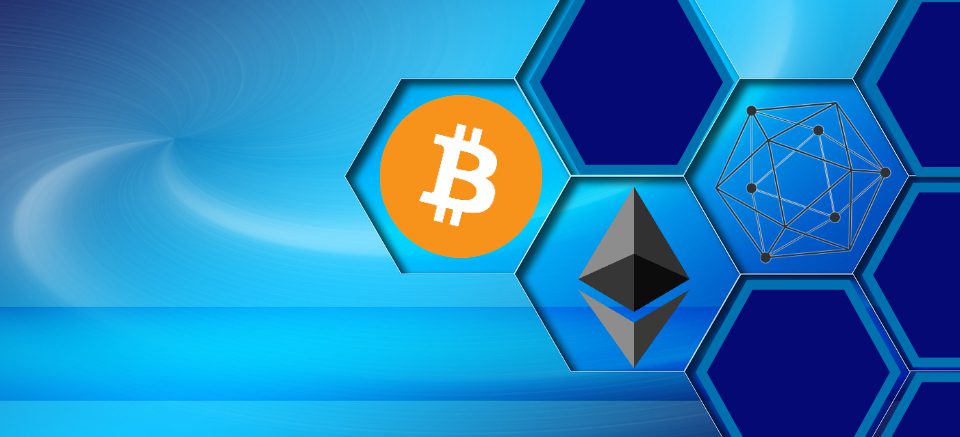- Contact us
- +599-9 461 4545
- info@dcsx.cw
Listings Part 1 – Tradeable or Technical; What Does That Even Mean?

How to Invest?
April 13, 2019
Listings Part 2 – Local Requirements and International Directives
May 18, 2019Listings Part 1 – Tradeable or Technical; What Does That Even Mean?

Publication 7. 2019
Now and then as investors or potential investors, we hear about the listings that are on the local Securities Exchange, the Dutch Caribbean Securities Exchange (DCSX). We know, somewhat, that there are local listings such as the Building Depot Bonds, the EoM Bonds, and the Curaçao Heritage Fund Bonds. But we also hear that there are some listings from overseas, for instance, there are quite a few Chinese or Asian based listings. I guess your first thought is, why in heavens name are Chinese or Asian based companies being listed on our local exchange? What is up with that? Why are they coming here? What does that even mean for me as an investor or potential investor? What does that mean for these companies?
Before we get into the details of these overseas listings, let us explore listing on the DCSX in general. What do we mean when we speak of the listings on the DCSX? So, what are they really? Are these stocks or bonds or something else?
Tradeable Listings
DCSX listings consist of a number of securities that went through a thorough assessment process by the Exchange, which is grounded in the Stock Exchange Law of 1998, in order for the security to be approved for listing with the Exchange and at times to be made available to investors for trading. The listings are currently equity-based such as stocks, debt-based like bonds, and other investment types like mutual funds or depositary receipts. In general, companies who seek to list on exchanges like DCSX, are seeking to either raise some level of money to finance a project or improve the liquidity/marketability of the listed security to the benefit of their shareholders. These are what I will refer to as “traditional or regular” listings and what I believe you are more familiar with; for these listings, trading is normally frequent. The exchange refers to them as Tradeable Listings.
Technical Listings
However, some companies, and primarily the overseas ones that we have mentioned earlier, seek out international exchanges like Curaçao, not primarily for liquidity, marketability or raising money, but so that their listed company can benefit from the compliance requirements that DCSX as an exchange offers or for tax efficiency benefits back in their home country. These listings are referred to as “technical listings” and they have special requirements in order to be approved with DCSX. Therefore, stocks, bonds or mutual funds can either seek normal tradable listing status or a technical listing status, and it all depends on the main reason for their application to list. For example, if it is for other than capital raising reasons the equity or bond listing would likely be applying for a technical listing; however, if you are looking to raise capital/money or to be traded frequently then you would seek a traditional or regular listing status.
Why DCSX?
Ok, so there are technical listings and companies want to list for various reasons. Why not list back in their home country or on bigger more recognizable Exchanges? With Curaçao’s small economy and small population, it is quite understandable that DCSX would never be able to compete with the likes of NYSE or NASDAQ or even Tokyo’s Exchange. So why DCSX? Haha! It is because of that fact, why DCSX is such a great solution for international companies who are seeking technical listings. For some companies, listing on Nasdaq may prove too expensive to justify the certain benefits they want to obtain or achieve back home. Among such benefits again could be pure compliance benefits. DCSX offers an affordable but regulatory strong exchange solution for small international companies who are looking for an opportunity to experience what being listed involves before they eventually grow large enough to be able to afford the money and resources that listing on larger exchanges like NASDAQ demands.
Now that we have identified the types of listings that are offered by the DCSX and why our local exchange offers a compelling value proposition of an efficient regulatory environment for technical listings, part 2 of this topic will explore the important requirements that all listings – both traditional and technical – have to present initially to be first allowed to be listed with the DCSX and most importantly, the requirements needed on an ongoing basis to ensure adherence to the Exchange’s Rules to ensure a continued listing status.
This editorial is presented to you by the DCSX with the collaboration of Vertex Investments.
Author of this publication: Stephanie Shaw CFA, MBA.




